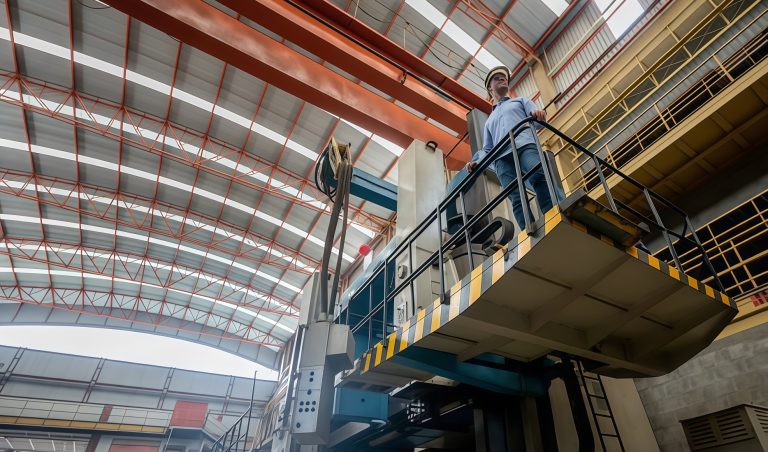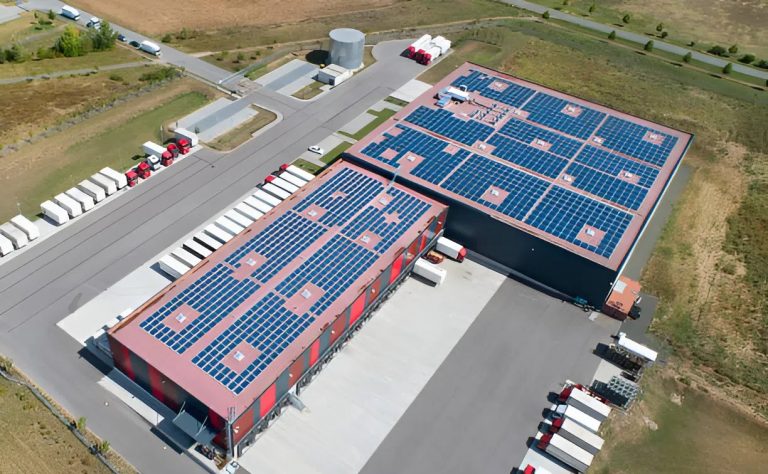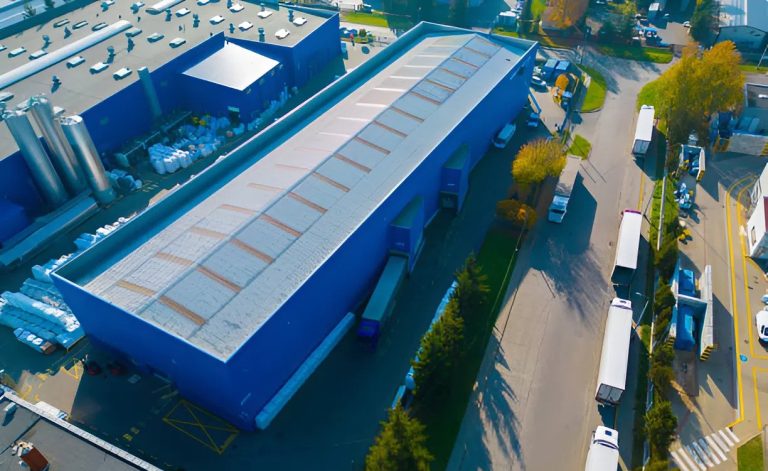In the fast-paced world of supply chain, one priority is rising above all: sustainability. As e-commerce booms and manufacturing scales, the need for smart warehouse setups in high-potential industrial space is at an all-time high. But for industrialists, it’s not just about building faster, it’s about building smarter.
That’s where sustainable warehouse construction steps in. Especially within integrated zones like Magna Star Industrial Parks, going green is not just good for the planet, it’s great for business. Here’s why sustainable construction is essential.
The Growing Relevance of Sustainable Warehousing

A sustainable warehouse is about designing operations that balance efficiency, long-term value, and environmental impact. In the context of large industrial space clusters, this approach creates a ripple effect, boosting ROI, reducing operating costs, and increasing the future value of your asset.
This shift is driven by real needs:
- Tougher regulations
- Rising energy prices
- Global demand for ethical sourcing
- The growing awareness among partners and customers
For industrialists, it’s a powerful investment opportunity, especially when backed by infrastructure-ready zones like Magna Star Industrial Parks.
Key Dimensions of Sustainable Warehouse Construction
Let’s break down how building sustainably creates an edge in today’s warehousing ecosystem.
1. Energy Management Starts with Design
Every sustainable warehouse begins with a smart blueprint. Think natural light, solar panels, insulated walls, and energy-efficient HVAC systems. These design choices cut down energy bills and reduce dependency on non-renewables.
In Magna Star, industrial plots are tailored for energy optimization. Businesses looking to invest in land benefit from pre-approved layouts ideal for installing renewable systems from day one.
2. Waste and Resource Optimization
Construction can create a lot of waste. But not when it’s built the sustainable way. Recycled materials, low-VOC paints, and smart construction methods reduce site waste dramatically.
After construction, modern warehouse setups continue the green path—using automated inventory systems and packaging reuse stations to lower waste and boost operational efficiency. It’s a smart investment with lasting returns.
3. Eco-Friendly Building Materials and Infrastructure

Green roofs, reflective materials, and passive cooling designs slash energy use. Water-efficient landscaping is another bonus. And when the industrial space is part of a modern A-grade industrial park, you benefit from shared eco-infrastructure—like centralized solar grids and efficient drainage—built into the master plan.
4. Smarter Transportation Logistics
Sustainable warehouse construction naturally aligns with smart logistics planning. When designed with transportation efficiency in mind, warehouses within industrial parks can significantly reduce vehicle idling, streamline loading operations, and minimize transport distances.
Features like shared logistics hubs, EV-friendly parking bays, and rail connectivity not only cut emissions but also improve delivery timelines.
Magna Star Industrial Parks is built with these needs in focus. The parks include on-site weighbridges, ample manoeuvring space for logistics trucks, and are located just 3 km from Singur railway station. It’s a logistics-ready destination—tailor-made for industrialists seeking speed, efficiency, and sustainability.
5. Technology and Automation as Sustainability Catalysts
Automation is equivalent to efficiency. Automated storage systems and real-time energy monitoring reduce waste and shrink carbon footprints.
A sustainable warehouse with built-in tech infrastructure is future-ready. And when you invest in such a facility inside an industrial park, you avoid costly retrofits down the line.
Why It Matters More in Industrial Parks

Industrial parks concentrate several operations in a single geographic area, which amplifies both the environmental impact and the potential for sustainable innovation.
- Shared infrastructure allows for resource pooling—like solar energy, waste treatment, and water recycling—cutting costs and environmental loads across units.
- Regulatory ease: Green industrial parks are often prioritized for government approvals, incentives, and even international partnerships.
- Buyer attraction: National brands and industrialists increasingly seek warehousing options aligned with ESG (Environmental, Social, Governance) goals.
- Long-term ROI: Sustainable warehouse setups enjoy lower maintenance costs, fewer regulatory risks, and higher future asset value.
A Quick Sustainability Self-Check
Before going green, know where you stand. Here’s how to assess your warehouse’s sustainability level:
- Energy: Review your power usage. Get an audit. Upgrade to efficient lighting and systems.
- Waste: Track how much you throw out. Start recycling programs.
- Water: Check water use in washrooms and cooling. Install low-flow taps and rainwater harvesting.
- Transport: Optimize delivery routes within your industrial plot. Use cleaner vehicles.
- People: Ensure safety, air quality, and comfort for your staff.
- Compliance: Meet environmental standards. Aim for LEED or ISO certifications.
Once you know your baseline, it becomes easier to implement real improvements. This is especially important if you’re planning to invest in land for expansion or future leasing.
Final Thoughts
A sustainable warehouse in Magna Star Industrial Parks, where every feature is built to support greener, more profitable growth. For industrialists and forward-looking entrepreneurs, now is the best time to invest in smarter, cleaner infrastructure. Not only does it future-proof your operations, but it also amplifies the value of your industrial plots.


